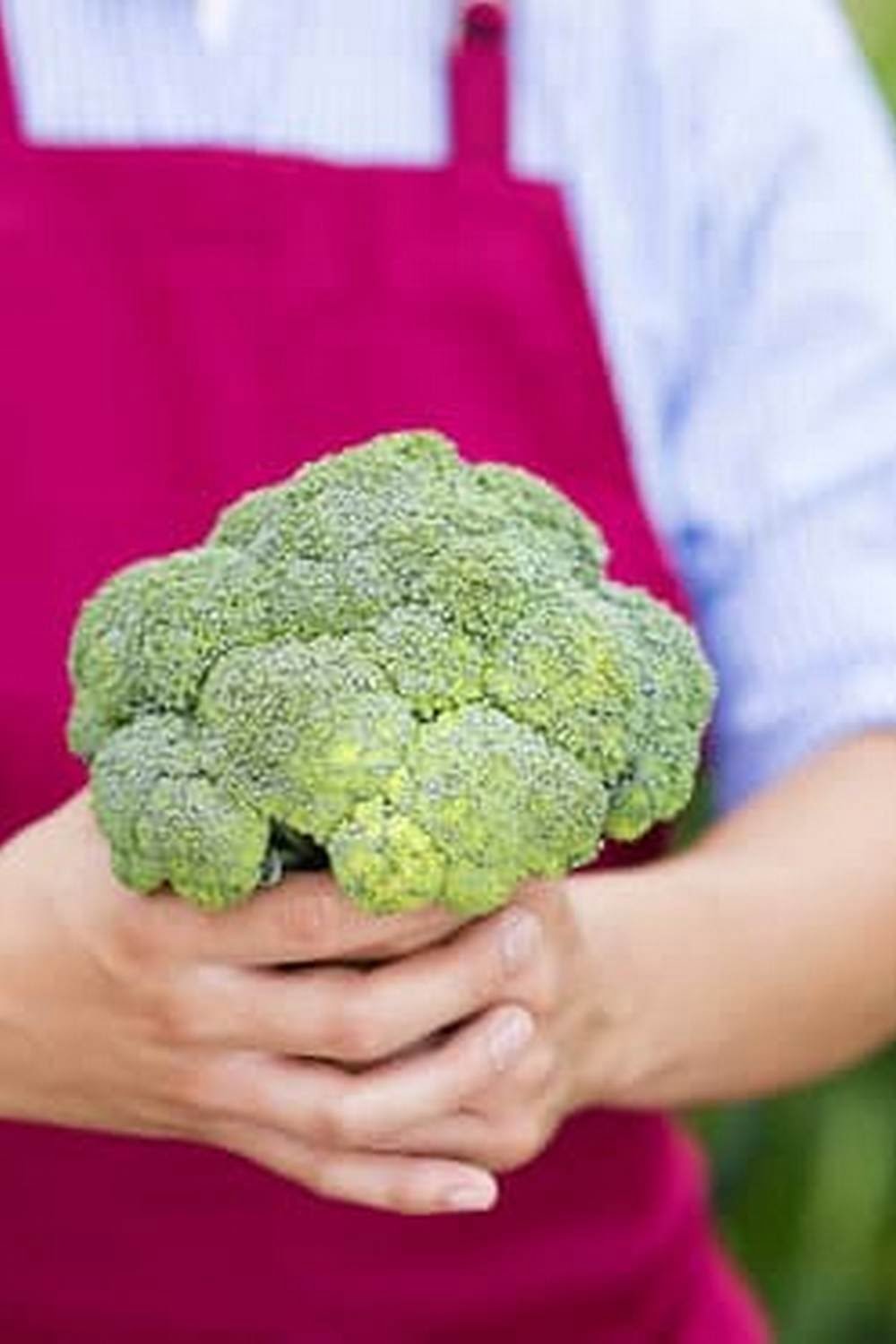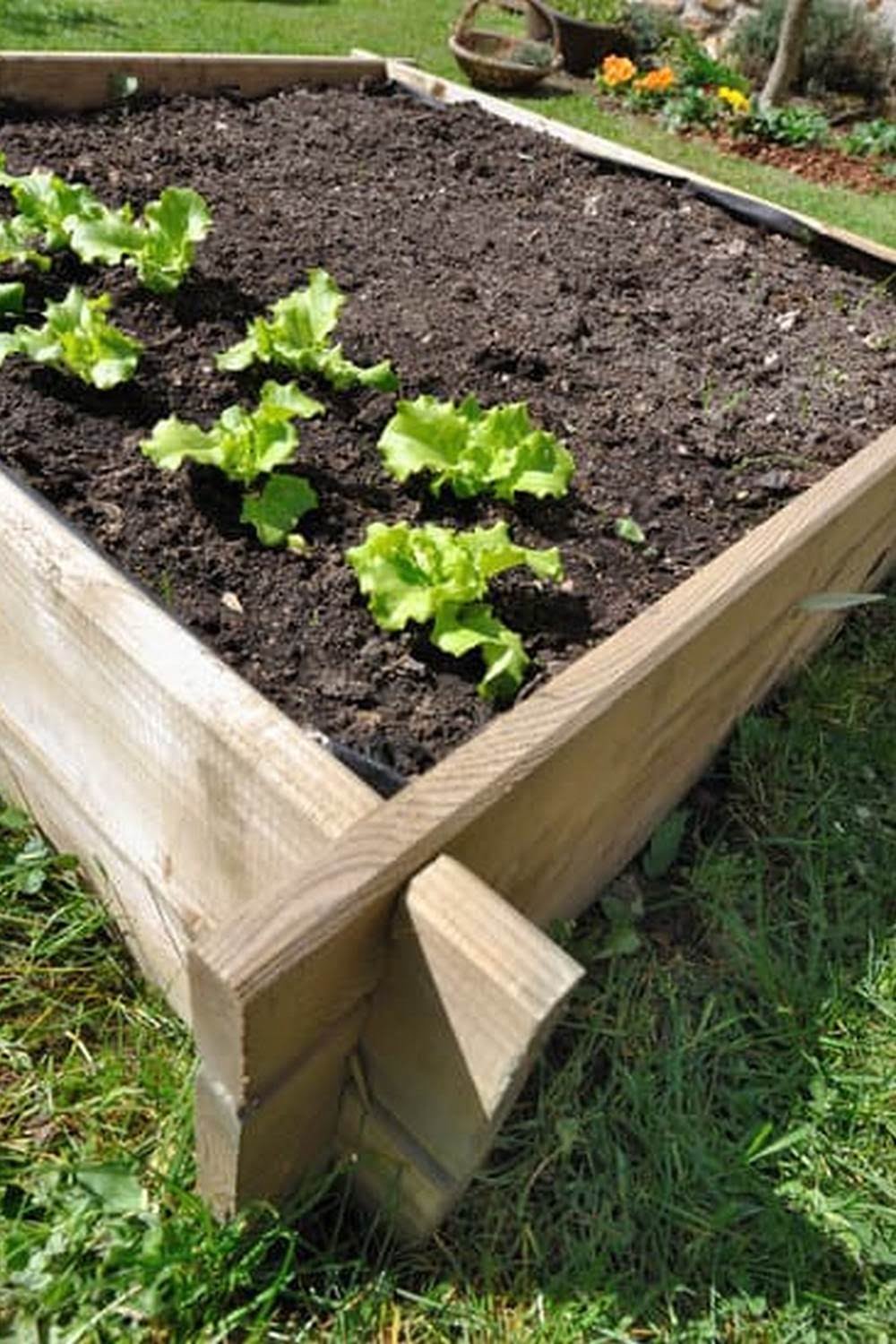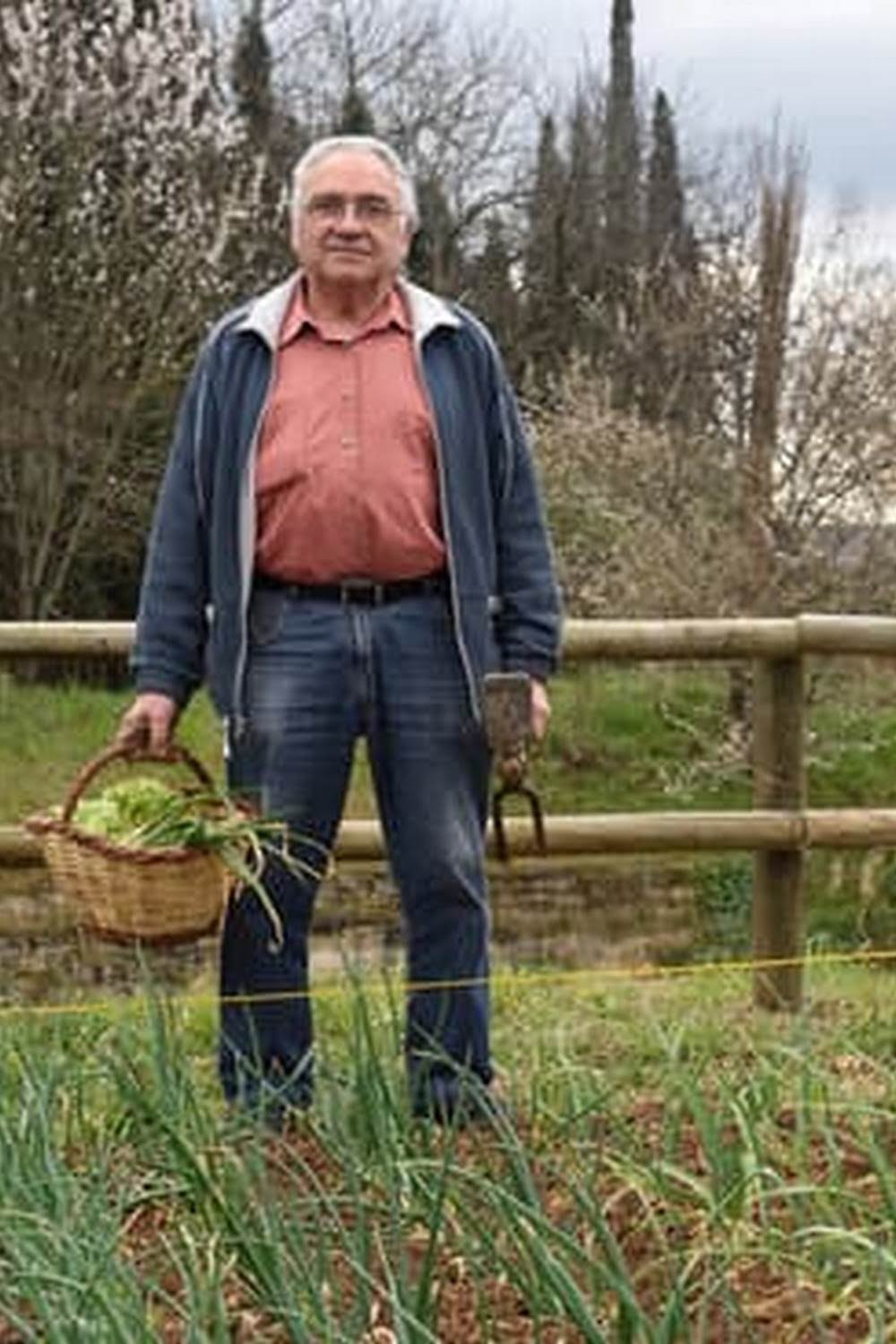Introduction
For those who want to be able to harvest fresh vegetables and other produce from their yards, carefully planning the layout of a small garden plot is essential. Layouts for small garden spaces need to be maximised in terms of space whilst being efficient in terms of production. Utilising companion planting and vertical structures for maximum surface area can help with this. Planting hardy or perennial vegetables also means less time spent replacing crops after each harvest. Here are some tips on creating a custom small garden layout that will meet your specific needs.
The first step is deciding which vegetables you’d like to include in your small vegetable garden plot. This can depend on seasonality and whether or not some vegetables require more space than others do. Additionally, consider whether the vegetables you’ve selected will work well as companion plants—they’ll help native pest-predators thrive while repelling insect pests that would otherwise bother your yield. Make sure you choose an appropriate number of different kinds of plants so that you can use every available square inch in the most effective way possible – without overcrowding!
In order to plan the actual layout, draw a map of your garden space so you know where everything will go — paying special attention to how much sun each area receives throughout the day and its soil richness levels—as these factors vary depending on what type of plant it is you want to grow in that spot. Design for maximum efficiency; use pathways, trellises and other vertical structures to get as much surface area as possible from the ground, bearing in mind also that perennials such as rhubarb can bear fruit multiple times over long periods (ensuring less crop rotation).
If possible, put all your hardier or slower growing crops at one end then work forward with those that must be rotated each year – with semi-annual crop replacements coming next before finally ending up with annuals crops at the front part of your plot nearest the path into it, ensuring ease and convenience when tending to losses so frequent when dealing with annual crops alone.
Creating thoughtful plans beforehand enables you to optimise every cubic foot in your tiny vegetable patch so that come harvesting day you have plenty to show off–at home and beyond!
Planning and Preparation
When planning a vegetable garden layout for a small garden space, it is important to consider what type of vegetables will be planted. Not all vegetables need the same soil preparation and some may require specific conditions for optimal growth. It is beneficial to research what type of soil and planting methods each vegetable needs so that the best preparations can be made before planting. This may include clearing debris from the area, adding compost or manure, testing the pH levels of the soil, and adjusting fertilizers to ensure adequate nutrient requirements are met. Removing weeds or rocks should also be part of preparing the area while ensuring good drainage and irrigation systems are in place. Ultimately, taking time to properly prepare the soil can help guarantee success with any vegetable garden layout in a small space.
Selecting Vegetable Plants
When selecting vegetable plants for a small garden layout, it’s important to be strategic in choosing the best varieties. Look for low-maintenance varieties that will give you the highest yield with minimal effort. Choose temperature and drought tolerant choices that naturally fight pests and diseases. Consider hybrid varieties that can tolerate growing in close quarters and maximize space by planting companion species together. Heirloom tomatoes are especially useful here since they take up less room than other tomato options.
Additionally, look into vertical gardening techniques like trellis or cage-growing. This increases yields and allows more efficient use of space by allowing each plant to grow upwards allowed in abundance within a smaller area of land. Planting further apart will reduce competition between them and maintain soil health, as well as promote better air flow to combat disease problems. Additionally, the use of insect repelling companion plants such as sage and chives can also help create a more pest-resistant microclimate while adding organic flavor to your dishes! Finally, avoid overwatering by using self-watering containers or setting up drip irrigation systems as these conserve water while keeping soils moist enough for healthy root growth.
Setting Up The Garden
Before you begin planting your small vegetable garden, there are several steps you must take to ensure the most efficient layout and highest yield with minimal effort.
1. Choose Your Location: To get the most out of your yields, you should select a location in full sun that receives at least 6 to 8 hours of direct sunlight daily. You should also consider proximity to water sources, as gardens can require frequent watering for optimal growth. Be mindful not to locate your garden too close to trees or structures that may create unwanted shade or block wind from reaching the plants during pollination season.
2. Decide What Crops You Will Grow: Depending on the amount of space available in your garden, choose from a variety of crops such as corn, beans, cucumbers, peppers, carrots, onions etc. Consider selecting varieties that interact well with each other, such as pole beans growing up cornstalks for example. Study resources explaining crop rotation techniques to help select which crops work best when planted next to each other in the same piece of soil over time. These techniques help prevent nutrient depletion or loss of productivity due to soil-borne pests and diseases.
3. Plot Out Your Space: Before planting anything into your small vegetable garden layout, it is important to measure out areas ensuring they are properly spaced and in proportion before starting any digging or construction work. Use stakes and string lines along with labeled paper cutouts if needed when plotting out where each row will be placed throughout the fertilized soil beds; this way things can be easily moved around before they’re set permanently into place without disrupting existing crops within adjacent rows such as tomatoes planted next to cabbage for example.. Additionally mark off paths between rows so you have easy access when tending to them later on during harvesting season .
Caring For Your Garden
Watering: The key to successful vegetable garden management is providing adequate water. Different vegetables require different amounts of water; some may need frequent light watering while others may only require occasional deep watering. When watering, make sure that all the root zones are adequately covered and avoid standing puddles, which can lead to plant diseases and root rot. Additionally, avoid overhead watering as this can promote a thriving environment for disease and pests.
Fertilizing: Fertilizing your vegetable garden is also important for keeping plants healthy and producing good results. A balanced fertilizer should be used twice during the growing season – once when seeds are sown and second when fruit begins to set. Be careful not to over-fertilize as too much fertilizer will burn the delicate roots of your plants. Additionally, choose high quality organic varieties whenever possible to further improve soil health.
Weed Control Strategies: Weeds compete for nutrients with your vegetables and so weed control is essential for a productive garden layout. Hand weeding before seedlings emerge from the ground is essential; later on regular hoeing or mulching can help prevent weed germination and reduce existing growth. Sometimes chemical herbicides may be necessary but try natural methods first such as using boiling water or vinegar on larger areas followed by manual weeding in more concentrated spots.
Troubleshooting Challenges
Naturally deterring pests and diseases in a small vegetable garden layout is essential to maintain healthy plants. Some effective ways to do this include companion planting and rotating crops. Companion planting helps to provide proper nutrients for vegetables and herbs and also deters certain pests. Marigolds, for instance, can act as a natural pest repellent against certain insects, such as aphids or beetles, when planted near vegetables in the garden. Additionally, rotating crops on an annual basis helps reduce the risk of disease from soil-borne organisms. When certain vegetables are grown in the same area as other vegetables which are prone to similar diseases, pathogens have greater opportunities to infect your crop.
In addition to taking preventive action through companion planting and crop rotation, other sustainable solutions exist for environmental threats like weather conditions or extreme temperatures. For example, building raised beds allows you to adjust water levels more easily to prevent flooding during heavy rains while also enabling you to warm up the soil on cool days. Adding mulch topping over beds can help retain moisture during dry periods while providing insulation during cold nights. Additionally, adding protective structures such as polytunnels or planting hardier varieties of vegetables may be necessary depending on the climate conditions of your area.
Concluding Thoughts
In addition to laying out your small garden for high-yield vegetable production, there are many other aspects to consider once you begin harvesting. How will you store your produce? By storing it properly, you can help prolong the life of fresh vegetables so that you can enjoy them as part of future meals. Finding recipes that use seasonal ingredients is also an important step for showcasing the unique flavors of your homegrown produce. Finally, taking time to appreciate the hard work and dedication you have put into creating a successful garden is essential for expressing gratitude for this process. Enjoying a fresh meal featuring homegrown vegetables along with friends and family is the perfect way to celebrate the harvest season and all of its bounty!

If you’re looking to get into vegetable gardening, or are just looking for some tips on how to make your current garden better, then you’ve come to the right place! My name is Ethel and I have been gardening for years. In this blog, I’m going to share with you some of my best tips on how to create a successful vegetable garden.





